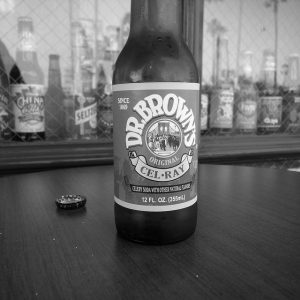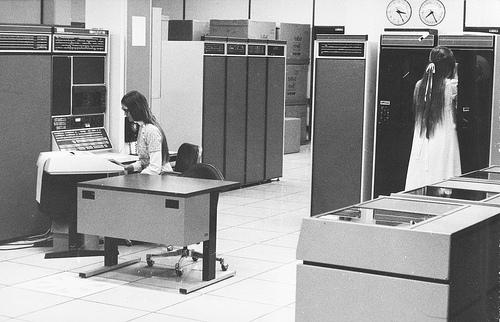In our age of digitized this, that and the other thing, I often wonder -- and worry -- about the kinds of sources that will be available to future generations. What will become of history, as we know it? Will the chroniclers of the 21st century have materials to draw on as they take the measure of American Jewish life?

If this week was any indication, there’s little cause for concern. American Jewish history is kept alive and well and nourished by those in the food business, from Russ & Daughters in New York to DGS Delicatessen in D.C.
To set the bar high (yes, bad pun intended), consider the New Yorker, which just published a piece about the debut of Russ & Daughters Cafe, whose décor as well as bill of fare celebrates the Lower East Side of yesteryear. "The Café is a master class in how to court both the old and the new, imbued with a hard-earned air of authority and gorgeously designed to pay detailed homage to Russ & Daughters’ history,” the magazine noted admiringly.
And then, on the heels of the New Yorker article, came word, courtesy of a former student, of the latest offering from DGS Delicatessen in D.C.: Delicatessen After Dark, which this past week paid its own version of homage to the summer resorts of the Catskills, or more to the point, to the steady round of alcoholic libations its Jewish patrons reportedly imbibed while around the pool, in the dining room and late at night while laughing away at the comic antics of aspiring performers. “Delicatessen After Dark,” its website explains, “is a celebration of the new delicatessen drinking culture inspired by our grandparents’ long nights in Lower East Side taverns, getaways to Florida and jazzy escapades to the Catskills.”
Drinking culture? I was under the impression that our ancestors were more inclined towards quaffing seltzer and variously flavored sodas, among them black cherry, cream and Cel-Ray tonic than spirits.
But no matter. Future generations, curious about the everyday lives of their forbears, can now look to restaurants and their proprietors for the details. They’re the ones, after all, who are most zealously tending to the flame of history.




